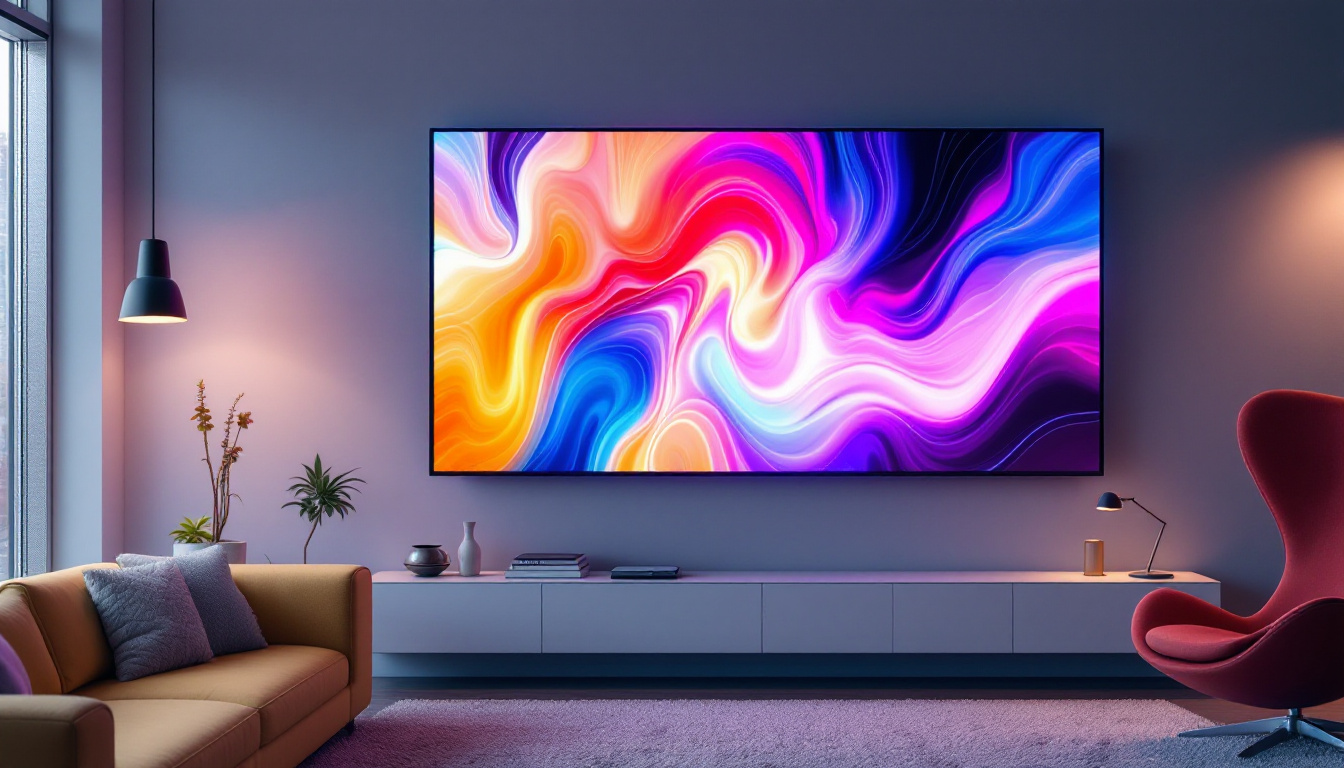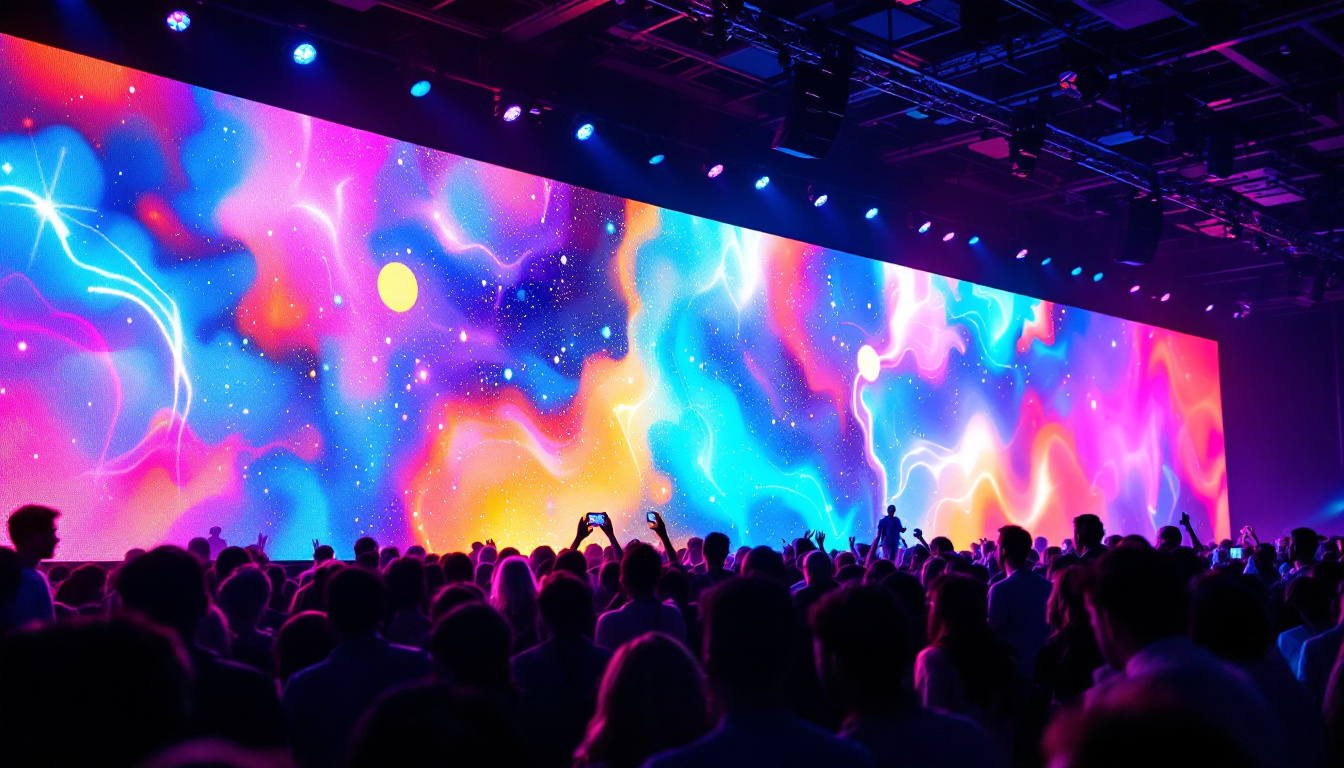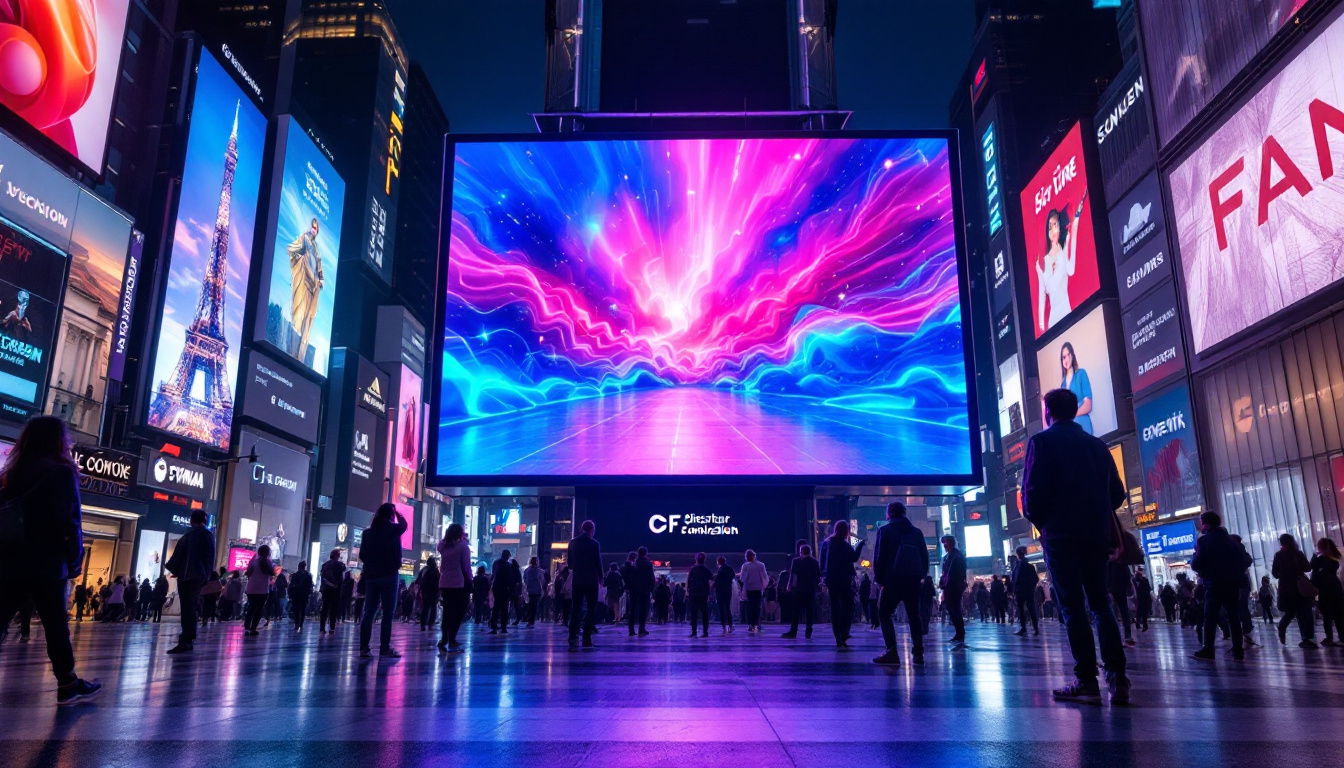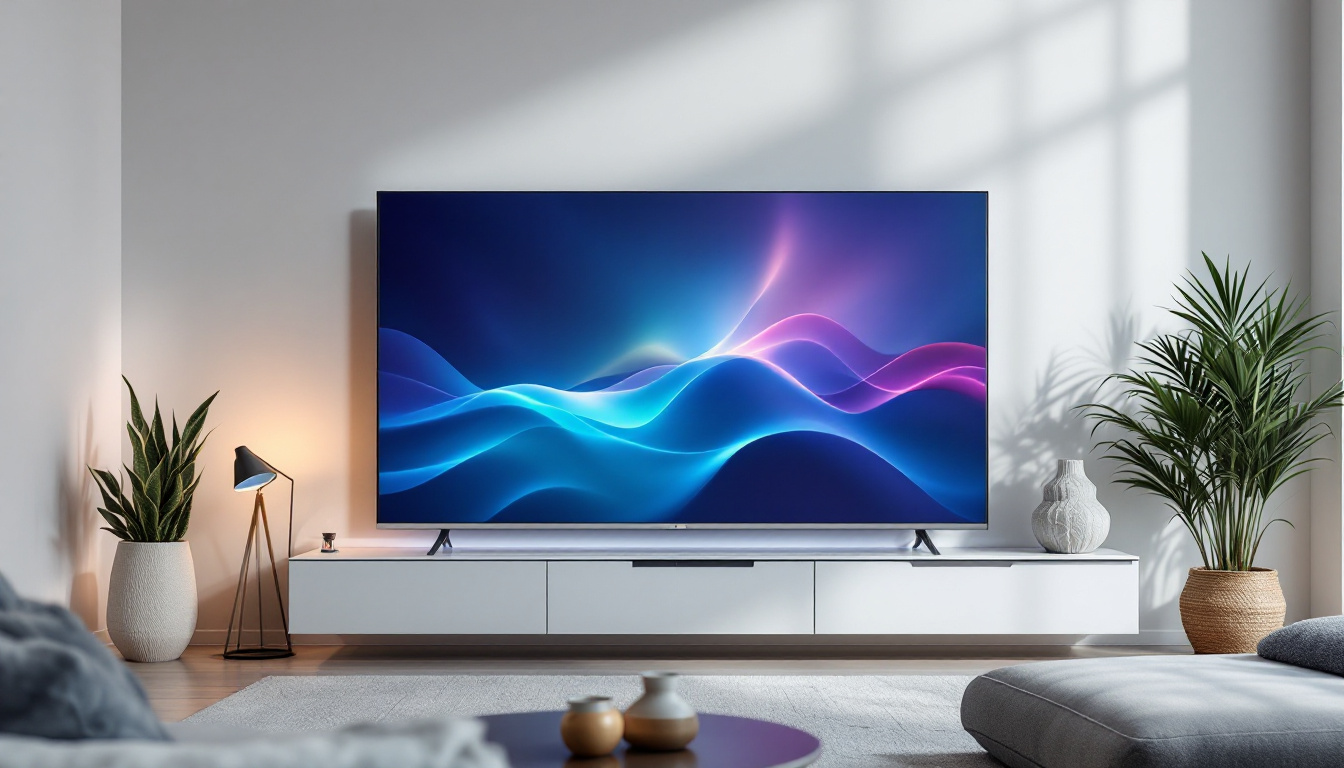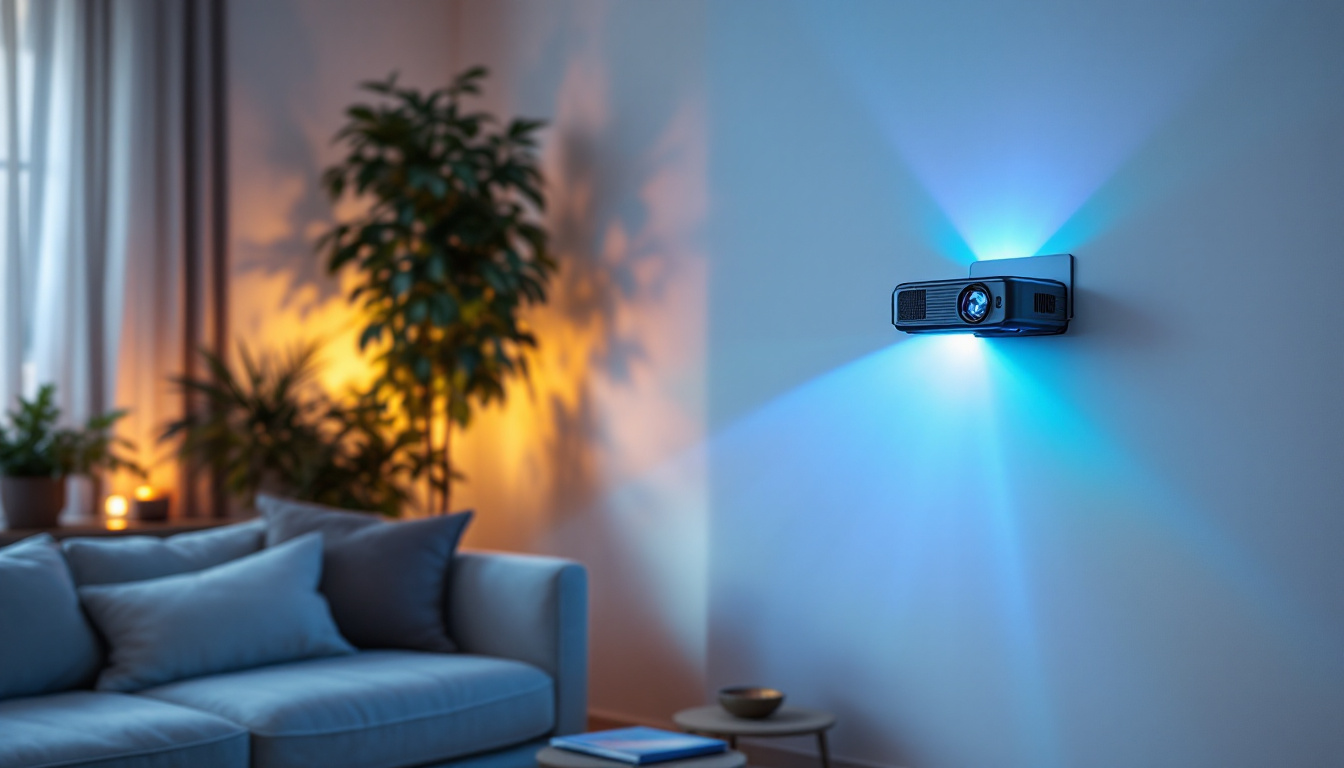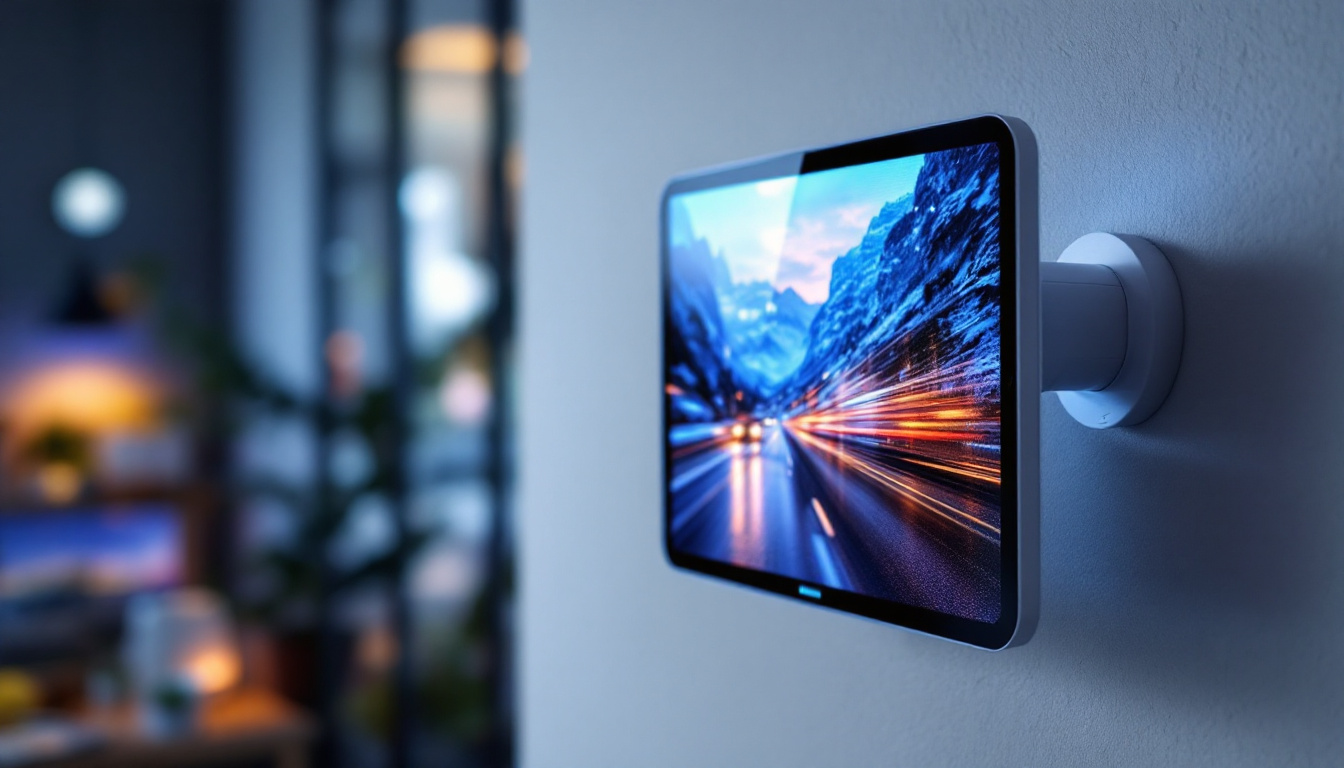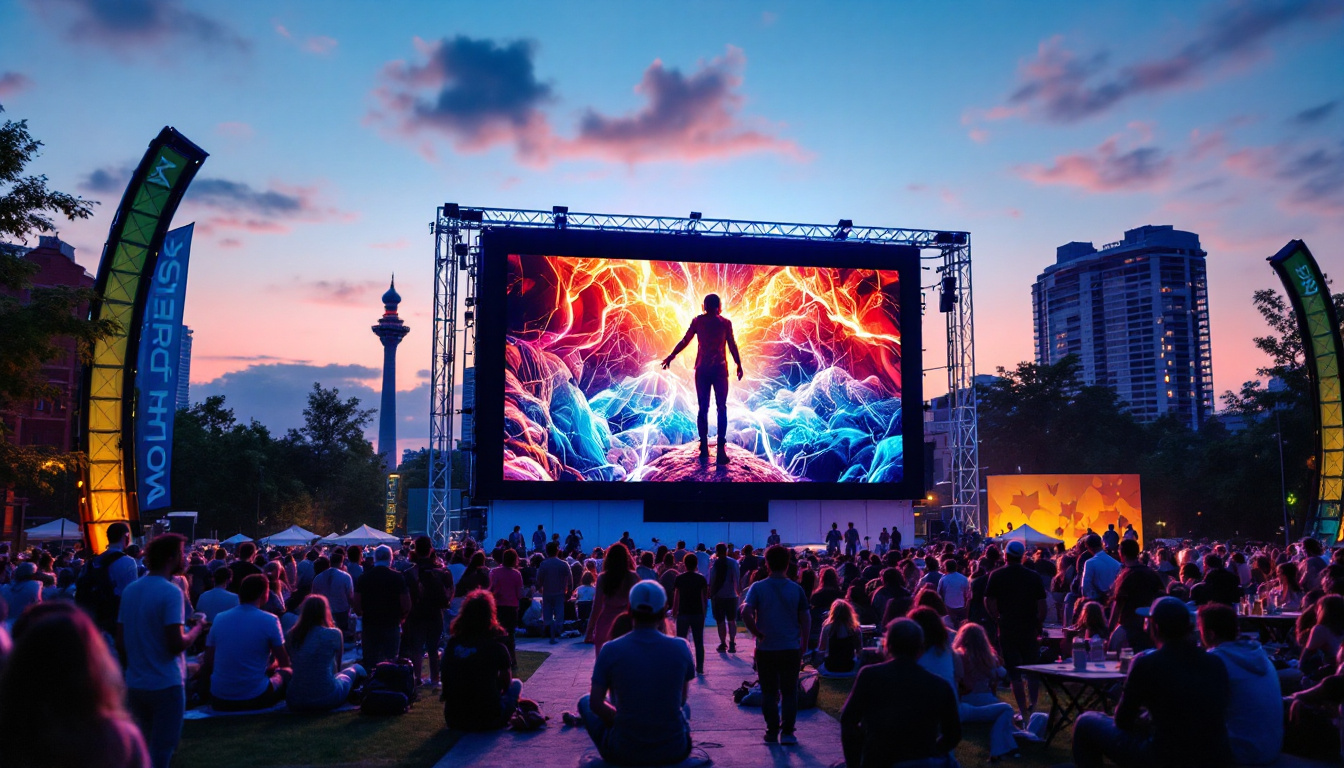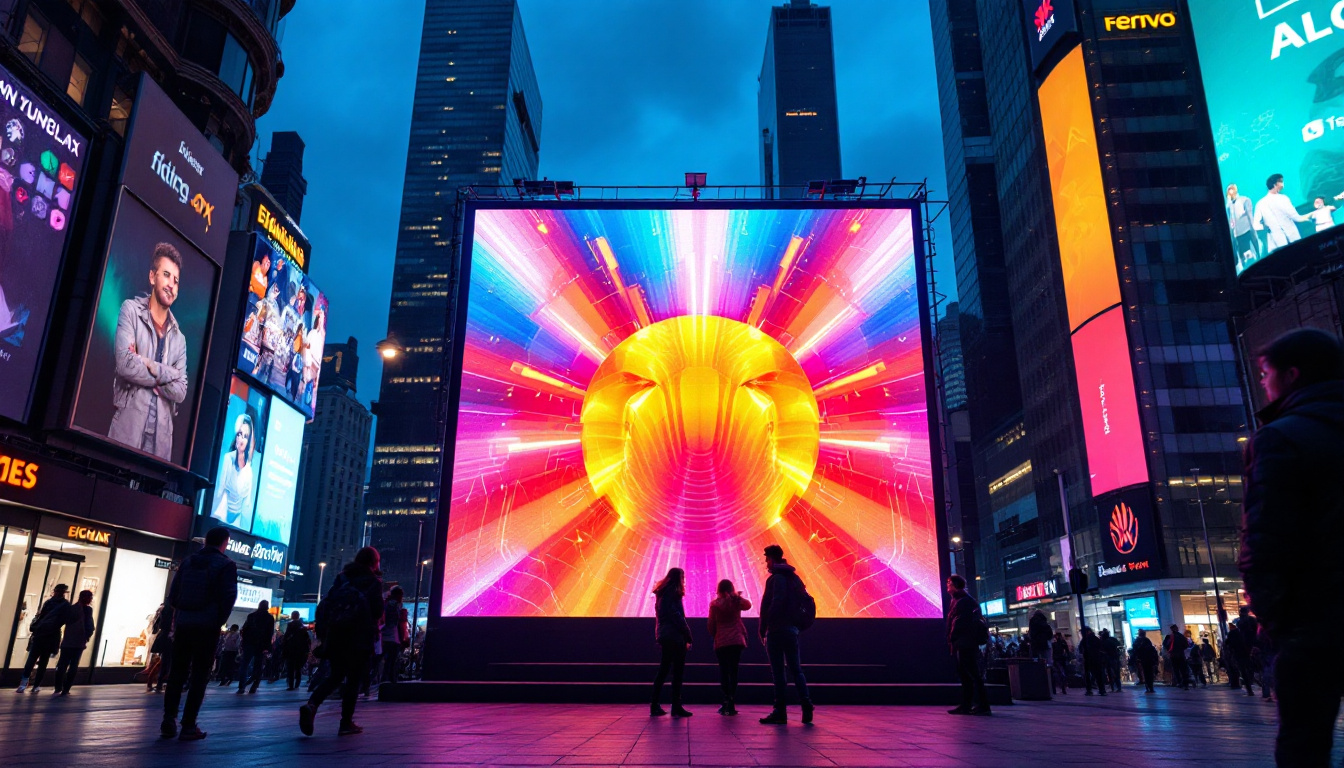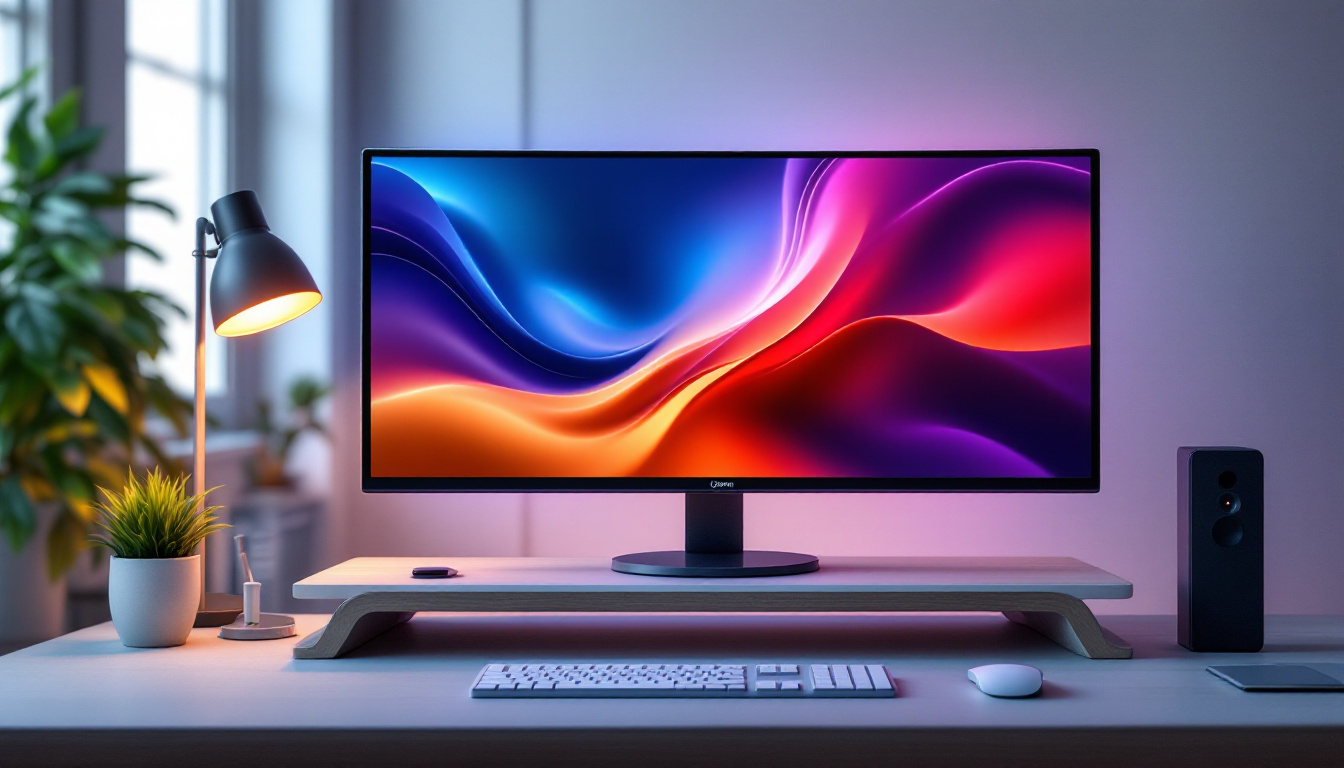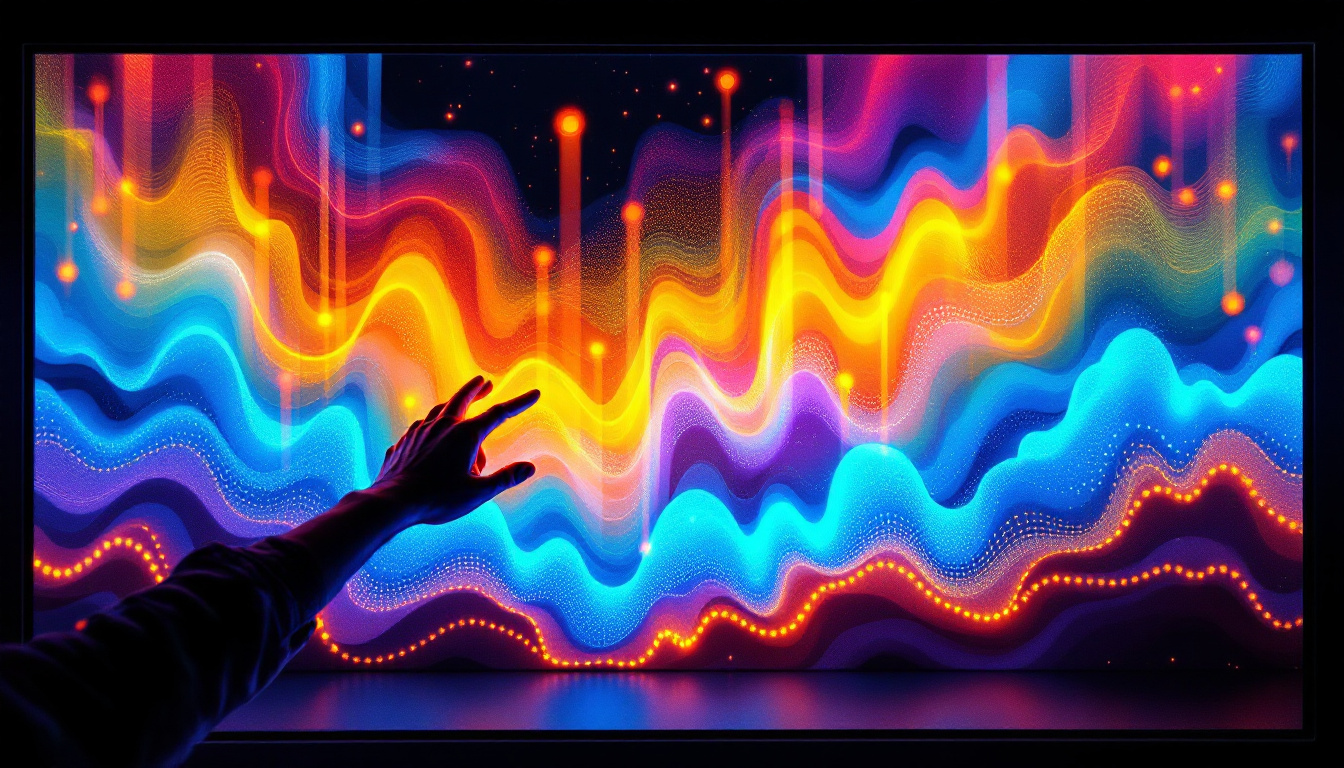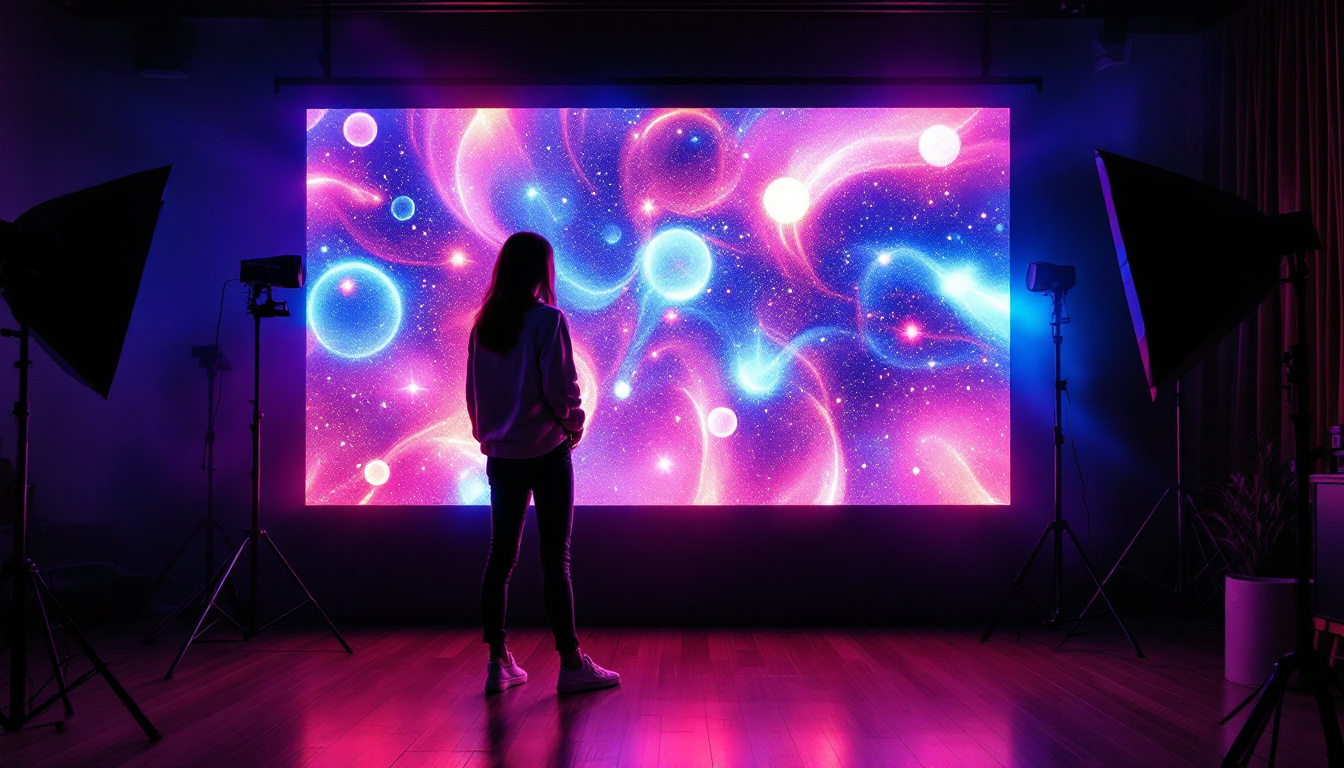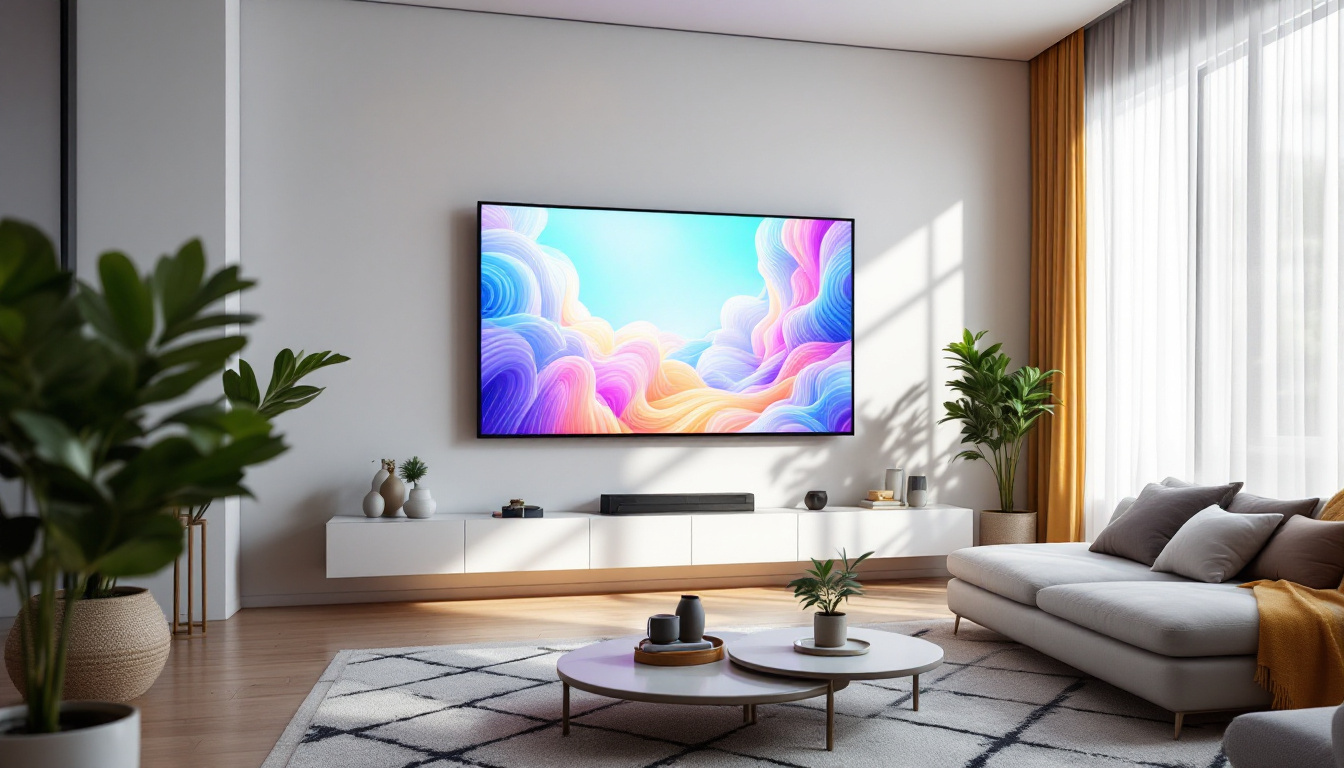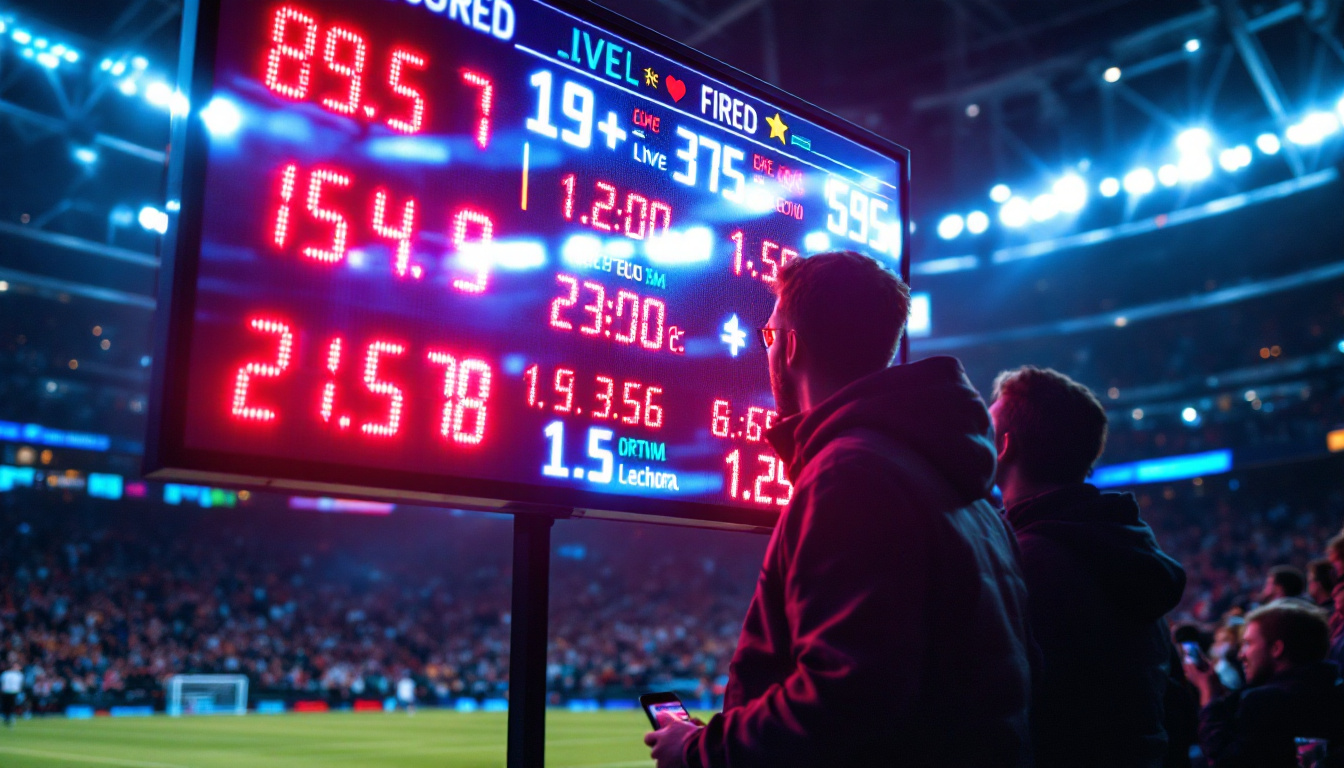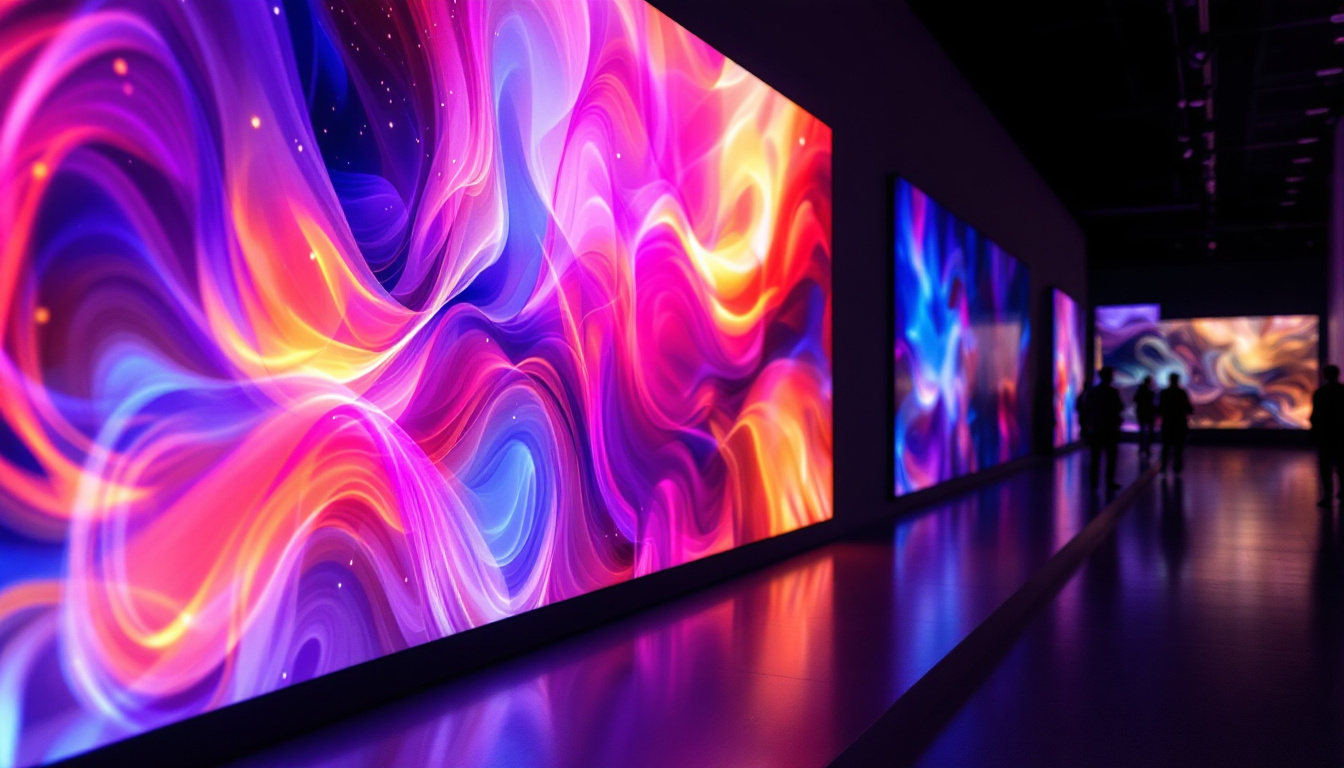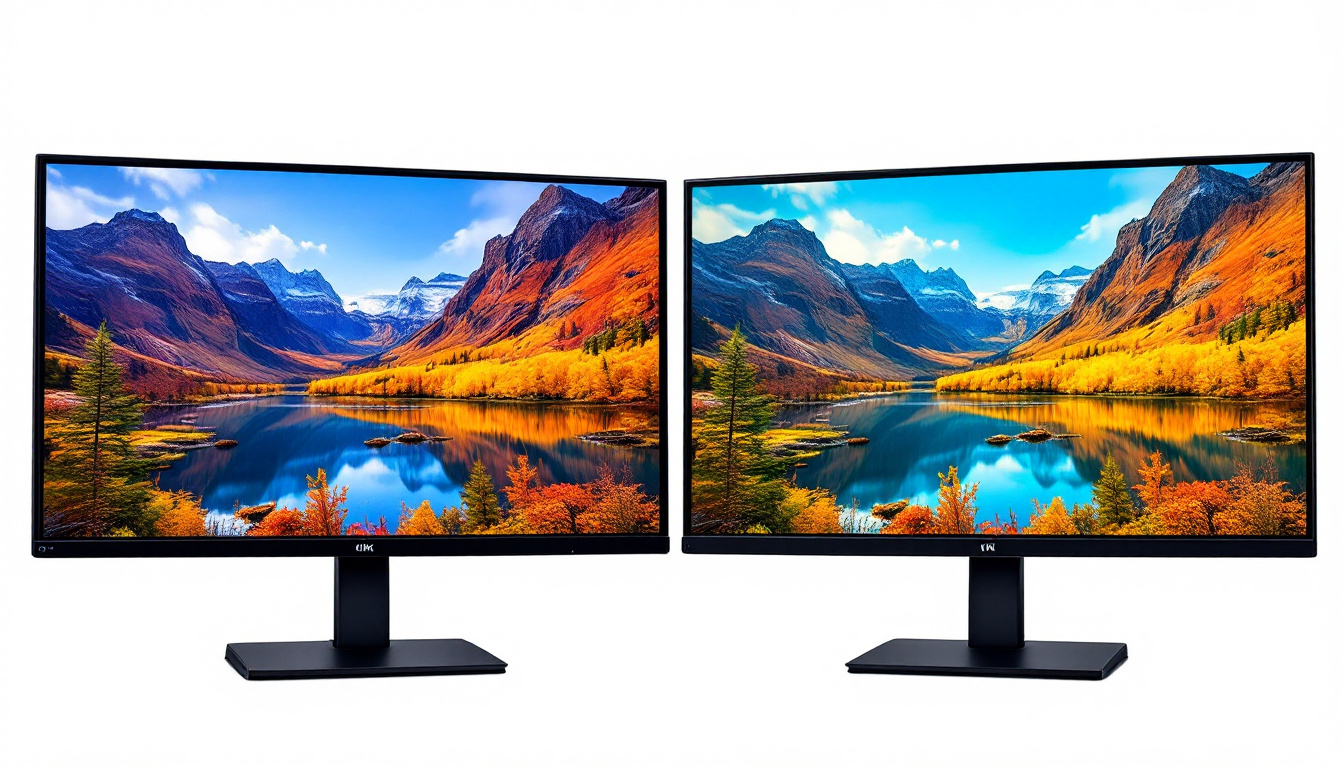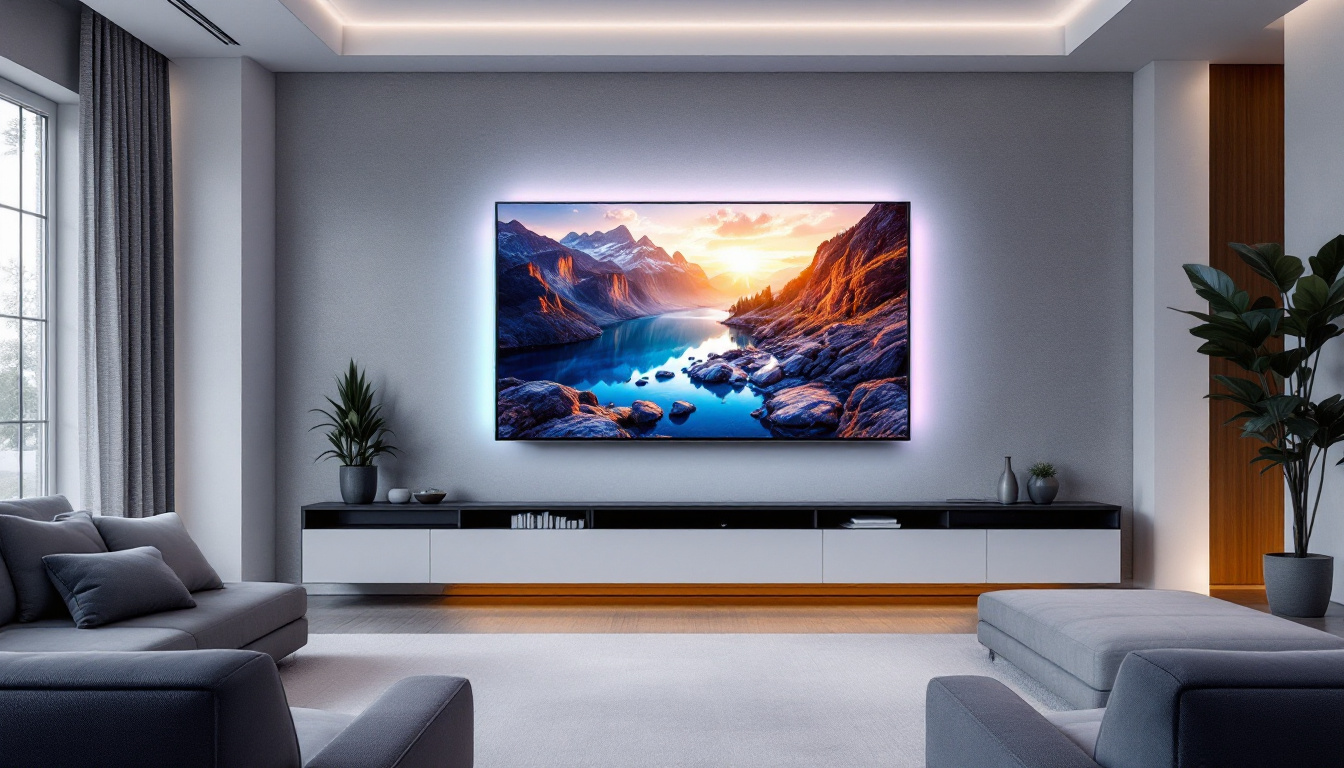In the ever-evolving world of technology, video walls have emerged as a powerful tool for communication, advertising, and entertainment. The ability to display high-quality visuals on a large scale makes video walls an attractive option for businesses, events, and public spaces. Central to the effectiveness of these displays is the mounting system used to secure them. This article delves into the intricacies of 4 TV video wall mounts, focusing on LED displays and their applications.
Understanding Video Walls
Video walls consist of multiple screens arranged in a grid-like formation to create a single large display. This configuration allows for a seamless viewing experience, making it ideal for various settings such as retail environments, control rooms, and conference centers. The technology behind video walls has advanced significantly, with LED displays becoming the preferred choice due to their superior brightness, color accuracy, and energy efficiency.
The Advantages of LED Displays
LED displays offer numerous benefits that enhance the overall viewing experience. One of the primary advantages is their brightness. Unlike traditional LCD screens, LED displays can produce vibrant colors and deep blacks, making them suitable for both indoor and outdoor settings. This capability ensures that content remains visible even in brightly lit environments.
Additionally, LED technology is known for its longevity and low maintenance requirements. With a lifespan often exceeding 100,000 hours, LED displays are a cost-effective solution for businesses looking to invest in long-term visual communication tools. Furthermore, their energy efficiency contributes to reduced operational costs, making them an environmentally friendly option. The modular nature of LED panels also allows for flexible configurations, enabling businesses to customize the size and shape of their video walls to fit specific spaces and design aesthetics.
Applications of Video Walls
The versatility of video walls allows them to be utilized in various sectors. In retail, for instance, they serve as dynamic advertising platforms that can capture the attention of potential customers. By showcasing promotional content or brand stories, businesses can create engaging experiences that drive sales. The ability to update content remotely and in real-time means that retailers can respond quickly to market trends, seasonal promotions, or special events, ensuring that their messaging is always relevant and impactful.
In corporate environments, video walls are often used in conference rooms and control centers. They facilitate collaboration by allowing teams to share information in real-time, enhancing decision-making processes. Moreover, in public spaces such as airports and stadiums, video walls provide essential information and entertainment, improving the overall experience for visitors. These displays can be used to show flight information, wayfinding maps, or live event coverage, ensuring that audiences remain informed and engaged. The integration of interactive features, such as touch capabilities or augmented reality elements, further enhances the functionality of video walls, allowing users to interact with the content in innovative ways.
Choosing the Right Video Wall Mount
Selecting the appropriate mount for a video wall is crucial to ensure stability, safety, and optimal viewing angles. Various types of mounts are available, each designed to cater to specific needs and environments. Understanding the different options can help in making an informed decision.
Types of Video Wall Mounts
There are primarily three types of video wall mounts: fixed mounts, tilting mounts, and full-motion mounts. Fixed mounts are the simplest option, providing a secure attachment to the wall without any adjustable features. They are ideal for installations where the viewing angle is predetermined and does not require frequent adjustments.
Tilting mounts, on the other hand, allow for slight adjustments to the angle of the display. This feature is beneficial in scenarios where viewers may be positioned at different heights, ensuring that everyone has a clear line of sight. Full-motion mounts offer the most flexibility, enabling users to adjust the display’s position both horizontally and vertically. This versatility is particularly useful in dynamic environments where the viewing audience may change frequently.
Considerations for Mount Selection
When selecting a video wall mount, several factors should be taken into account. The weight and size of the displays are paramount; the mount must be capable of supporting the combined weight of all screens in the wall. Additionally, the type of wall and its structural integrity play a significant role in determining the appropriate mounting solution.
Another critical consideration is the viewing distance. Depending on the size of the video wall and the intended audience, the mount may need to be positioned at a specific height to ensure optimal visibility. Finally, ease of installation and maintenance should also be factored into the decision-making process, as a complicated setup can lead to increased labor costs and downtime.
Moreover, it’s essential to think about the environment in which the video wall will be installed. For instance, outdoor installations require mounts that can withstand weather elements, such as wind and rain, while indoor settings might prioritize aesthetics and cable management. The choice of materials for the mount can also influence durability and performance, with options ranging from lightweight aluminum to robust steel. Also, consider the potential for future upgrades; choosing a mount that accommodates larger screens or additional displays can save time and resources down the line.
Finally, consulting with professionals who specialize in audiovisual installations can provide valuable insights. They can assess the specific requirements of your space, recommend the best mounting solutions, and ensure that the installation adheres to safety standards. This expert guidance can be particularly beneficial in complex setups, where the interplay of technology and design is crucial for achieving the desired impact.
Installation Process
The installation of a video wall requires careful planning and execution to ensure a successful outcome. Proper installation not only enhances the aesthetics of the display but also ensures its functionality and safety. Here’s a breakdown of the installation process.
Preparation and Planning
Before any physical work begins, thorough preparation is essential. This includes measuring the space where the video wall will be installed and determining the optimal layout for the screens. It’s advisable to create a mock-up or blueprint to visualize the arrangement and ensure that all components will fit as intended.
Additionally, it’s crucial to assess the electrical requirements of the displays. Ensuring that there are adequate power outlets and that the wiring is safely concealed will contribute to a clean and professional installation. If necessary, consulting with an electrician may be beneficial to address any electrical concerns.
Mounting the Displays
Once the planning phase is complete, the next step is to mount the displays. This process typically begins with the installation of the wall mount brackets. It’s vital to use the appropriate tools and follow the manufacturer’s instructions to ensure a secure attachment. Leveling the brackets is essential to avoid misalignment among the screens.
After the brackets are securely in place, the displays can be attached. This step often requires multiple people to ensure safety and precision. Once the screens are mounted, they should be powered on to check for any issues before final adjustments are made.
Maintenance and Troubleshooting
Regular maintenance is crucial to prolong the lifespan of a video wall and ensure optimal performance. Implementing a routine maintenance schedule can help identify potential issues before they escalate into significant problems.
Routine Maintenance Tasks
Routine maintenance tasks for video walls include cleaning the screens, checking the connections, and monitoring the performance of the displays. Dust and fingerprints can accumulate on the screens, affecting image quality. Using appropriate cleaning solutions and microfiber cloths can help maintain clarity and brightness.
Additionally, it’s essential to inspect the connections regularly to ensure that cables are secure and not damaged. Loose or frayed cables can lead to display issues or even complete failure. Monitoring the performance of the displays, including brightness and color accuracy, can help identify any discrepancies that may require attention.
Common Troubleshooting Tips
Despite regular maintenance, issues may still arise with video walls. Common problems include flickering screens, color inconsistencies, or complete display failure. In such cases, troubleshooting steps can help diagnose the issue.
For flickering screens, checking the connections and power supply is a good starting point. If the issue persists, it may be necessary to consult the manufacturer’s guidelines or seek professional assistance. Color inconsistencies can often be resolved through calibration settings, which may require specialized tools or software.
Future Trends in Video Wall Technology
The landscape of video wall technology is continually evolving, with innovations aimed at enhancing performance and user experience. As technology advances, several trends are emerging that are likely to shape the future of video walls.
Advancements in Display Technology
One of the most significant trends is the development of microLED technology. This cutting-edge technology offers even greater brightness, color accuracy, and energy efficiency than traditional LED displays. MicroLEDs are smaller and can be arranged in various configurations, allowing for more creative and flexible video wall designs.
Additionally, the integration of artificial intelligence (AI) into video wall systems is gaining traction. AI can optimize content delivery, analyze viewer engagement, and even automate maintenance tasks, leading to a more efficient and effective display system.
Increased Interactivity
Another emerging trend is the push towards interactive video walls. Touch-sensitive displays and gesture recognition technology are being integrated into video walls, allowing users to engage with content in new and exciting ways. This interactivity enhances the viewer experience, making video walls not just a passive medium but an engaging platform for communication and interaction.
Conclusion
Video walls have become an integral part of modern communication and advertising strategies. The choice of a 4 TV video wall mount is crucial in ensuring the stability and effectiveness of LED displays. Understanding the various types of mounts, installation processes, and maintenance requirements can significantly enhance the overall experience of using video walls.
As technology continues to advance, the future of video walls looks promising, with innovations that will further enhance their capabilities. Whether in retail, corporate, or public spaces, video walls are set to play a pivotal role in how information is conveyed and experienced.
Discover LumenMatrix’s Innovative LED Solutions
Ready to elevate your space with a cutting-edge video wall? Explore LumenMatrix’s comprehensive range of LED display solutions, designed to captivate and engage your audience. From vibrant indoor and outdoor displays to versatile vehicle and sports options, our technology is crafted to bring your vision to life with unparalleled clarity and impact. Don’t miss the opportunity to transform your communication strategy with our advanced LED modules. Check out LumenMatrix LED Display Solutions today and see the difference innovation can make.

